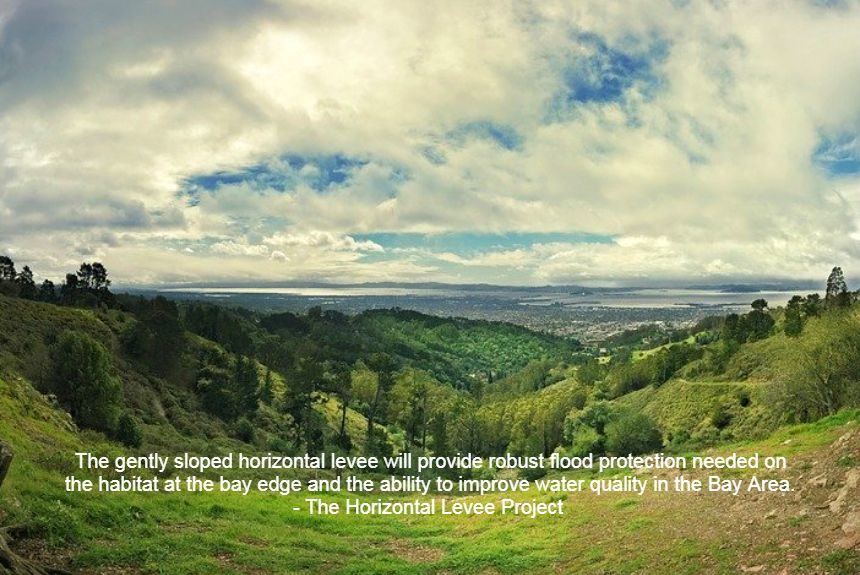The study concerns the nature-based horizontal levee that serves as flood protection, improves water quality, and is a sea-level rise climate adaptation measure.
Wastewater treatment plants in coastal areas face challenges such as removing nutrients and trace organic contaminants from wastewater and the effects of climate change, such as sea-level rise, frequent and intense storms, and storm surges.
For two years, the researchers conducted the study on a 0.7-hectare experimental horizontal levee in Lorenzo, California, constructed to treat a small portion of the secondary effluent from a conventional activated sludge wastewater treatment plant (Cecchetti, Angela, Katherine and David, 2020).
Native wetland plants were planted in the levee, and treated effluent from wastewater plants was introduced.
The wetlands reduce storm surges while providing space for wetland transgression to a higher elevation as sea levels rise.
The traditional approaches involve the construction of seawalls and levees, which is costly.
A horizontal levee is a new and cost-effective approach to do away with raising existing levees as sea-level rises while at the same time reducing contaminants from municipal wastewater facilities.
Nature-based horizontal levees have multiple benefits as a climate adaptation strategy and wastewater treatment option. It is cheaper to construct than traditional coastal levees and can hold high contaminant mass loads.
Source citation:
Cecchetti, Aidan & Perantoni, Angela & Graham, Katherine & Sedlak, David. (2020). The horizontal Levee: A multi-benefit nature-based treatment system that improves water quality and protects coastal levees from the effects of sea level rise. Water Research X. 7. 100052. 10.1016/j.wroa.2020.100052.



Leave a Reply